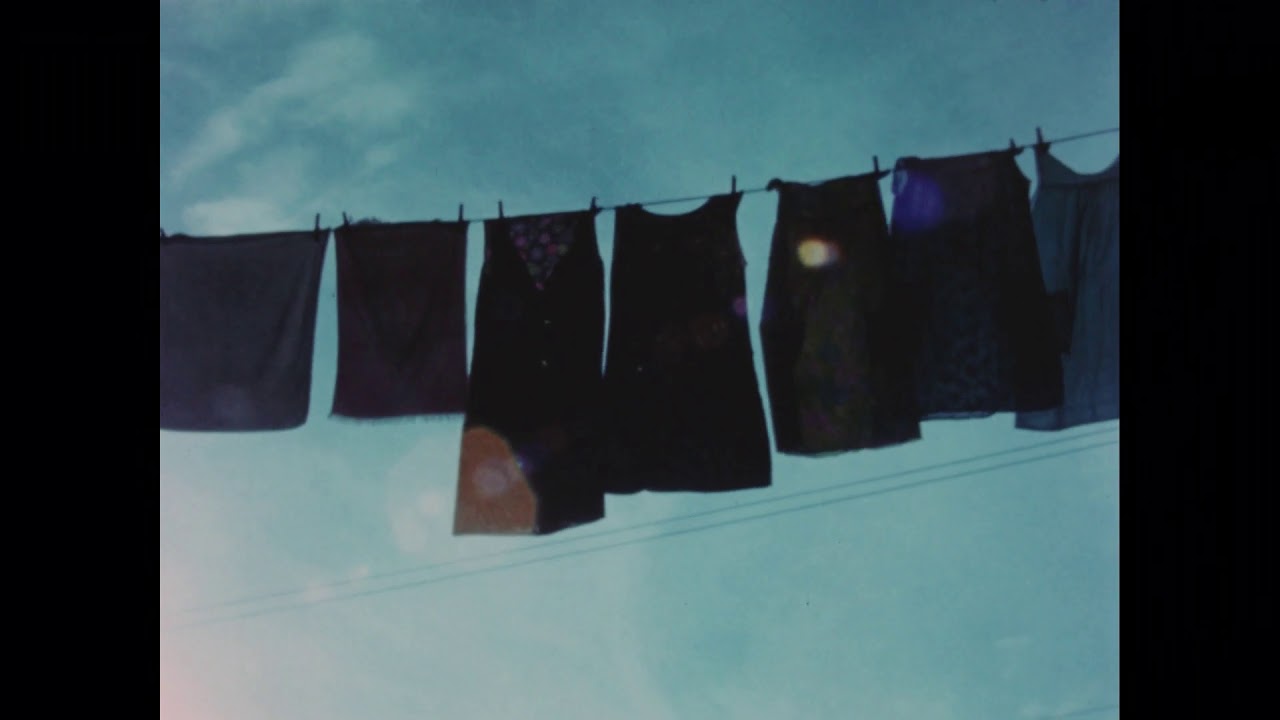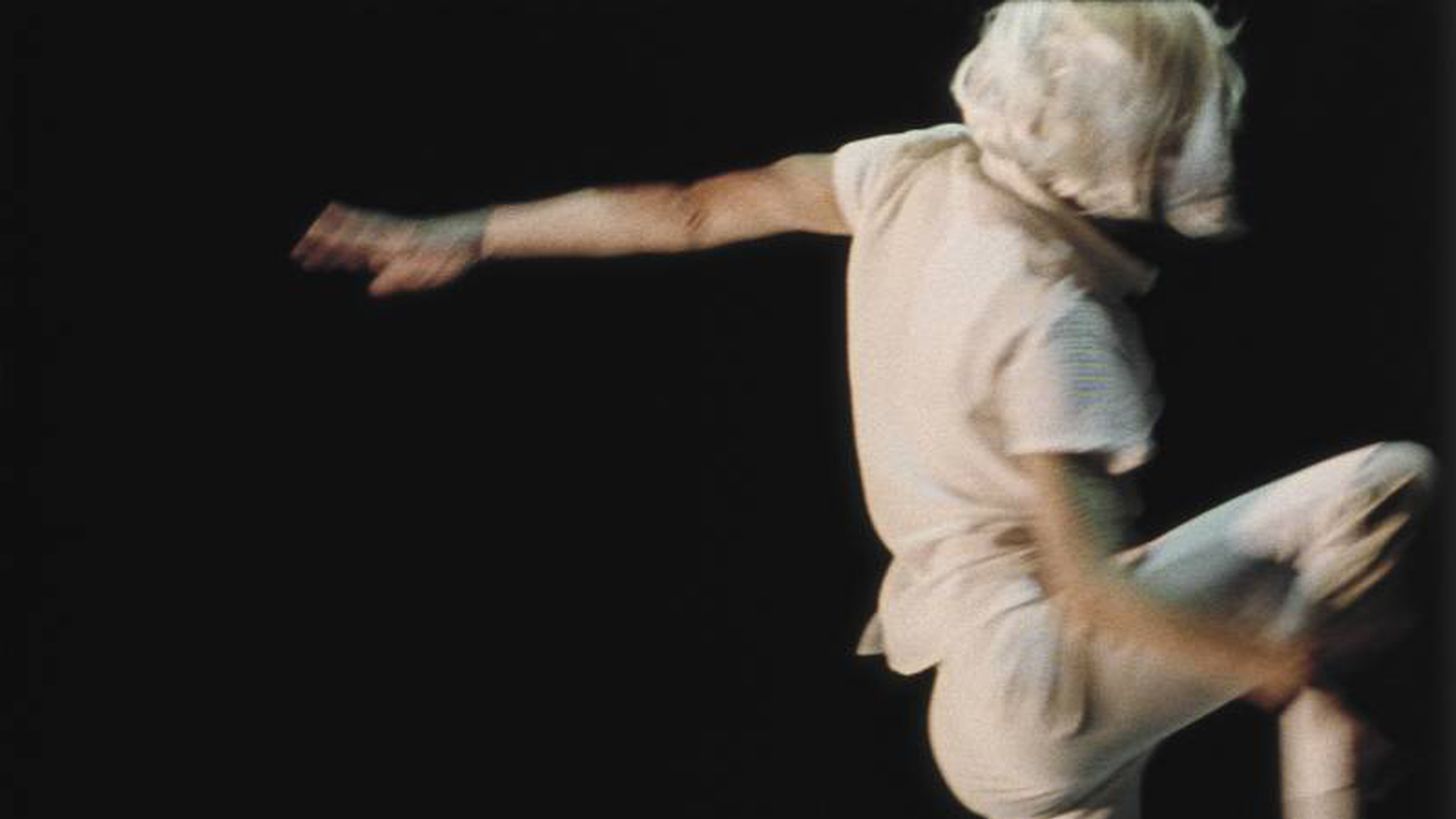
When It Was Blue
September 1, 2015 · The Pilot Light · 7:30 p.m.
Two 16mm films projected simultaneously onto a single screen (we’ll be watching a hi-def transfer), When It Was Blue is a complex patchwork of cinematic material and experimental processes. Found footage bleeds into hand-painted imagery; documentary shots are blown into high-contrast, black-and-white etchings; the natural world is rendered as abstraction. Reeves’s subject, generally speaking, is human ecology. Symbolically, the film models a kind of return to Eden. But the experience of watching When It was Blue is much more difficult to describe.
“Even by experimental/avant-garde standards, When It Was Blue is a rush.” — Michael Sicinski’s essay in Cinema Scope is a thoughtful description and analysis of this one-of-a-kind film.
Filmmaker’s Statement
When It Was Blue rejoices the splendor of nature as the camera eye traverses land and sea in a montage of diverse ecosystems from the Americas to Iceland and New Zealand. Colorful organic textures and forms, inspired by qualities of the natural world, were created through an array of direct-on-film techniques. This abstract imagery is superimposed upon nature cinematography through double-projection, creating depth and merging the powerful intricacies of the natural world with an artist’s reverence for it all. Anxiety and loss are evoked as the camera hurries to “capture” the natural world on film before it vanishes.
Multiple temporal, spatial and conceptual journeys determine the structure of When It Was Blue. In a subjective point of view journey through natural landscapes, we pass through the seasons of the year from late summer to fall, winter, spring, arriving at the onset of another summer. The subjective view of the camera also tracks forms and bodies of water throughout the film, connecting the diverse environments depicted. Finally, a third dimension of the film reverses time. From the beginning to end of the film we move further away from towns, people, and vehicles as if we are going back in time toward a fantasy unspoiled wilderness of the past.
About the Filmmaker
Jennifer Reeves is a New York-based filmmaker working primarily on 16mm film. Reeves was named one of the “Best 50 Filmmakers Under 50” in the film journal Cinema Scope in the spring of 2012. Her films have shown extensively, from the Berlin, New York, Vancouver, London, Sundance, and Hong Kong Film Festivals to many Microcinemas in the US and Canada, the Robert Flaherty Seminar, and the Museum of Modern Art. Full multiple-screening retrospectives of her work have been held in recent years at Era New Horizons Film Festival in Wroclaw, Poland, Kino Arsenal in Berlin, Anthology Film Archives in New York, and San Francisco Cinematheque.






